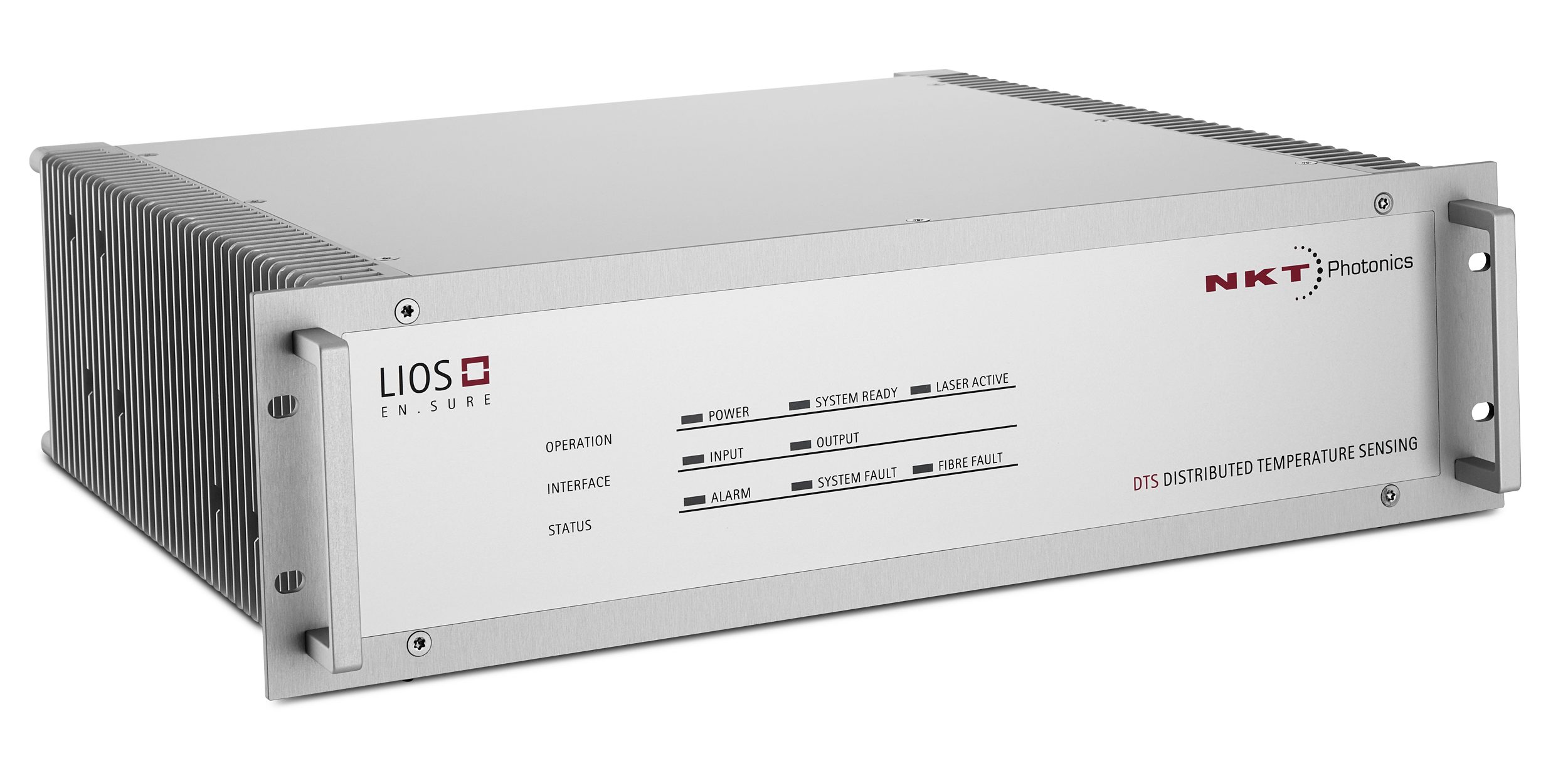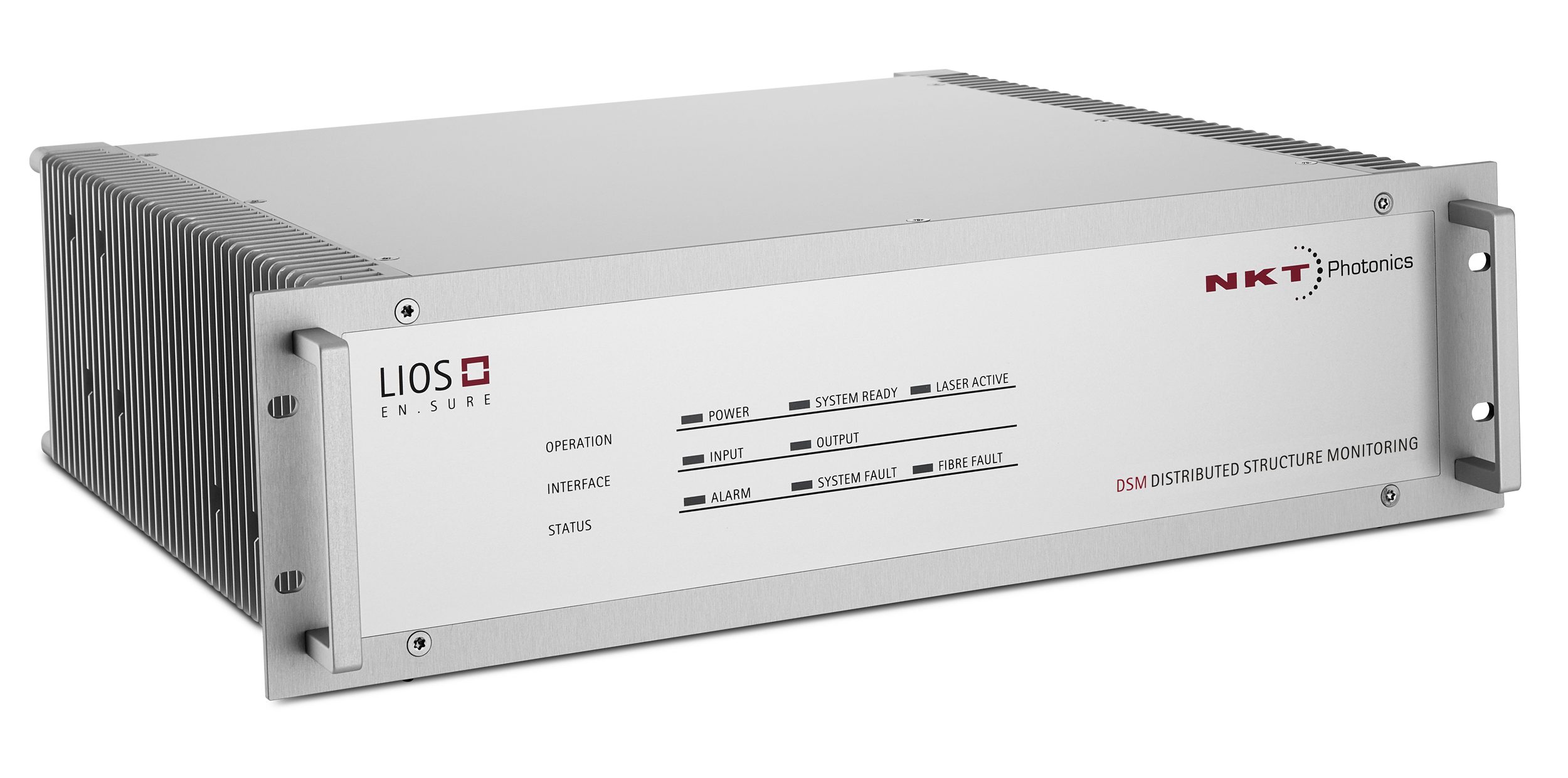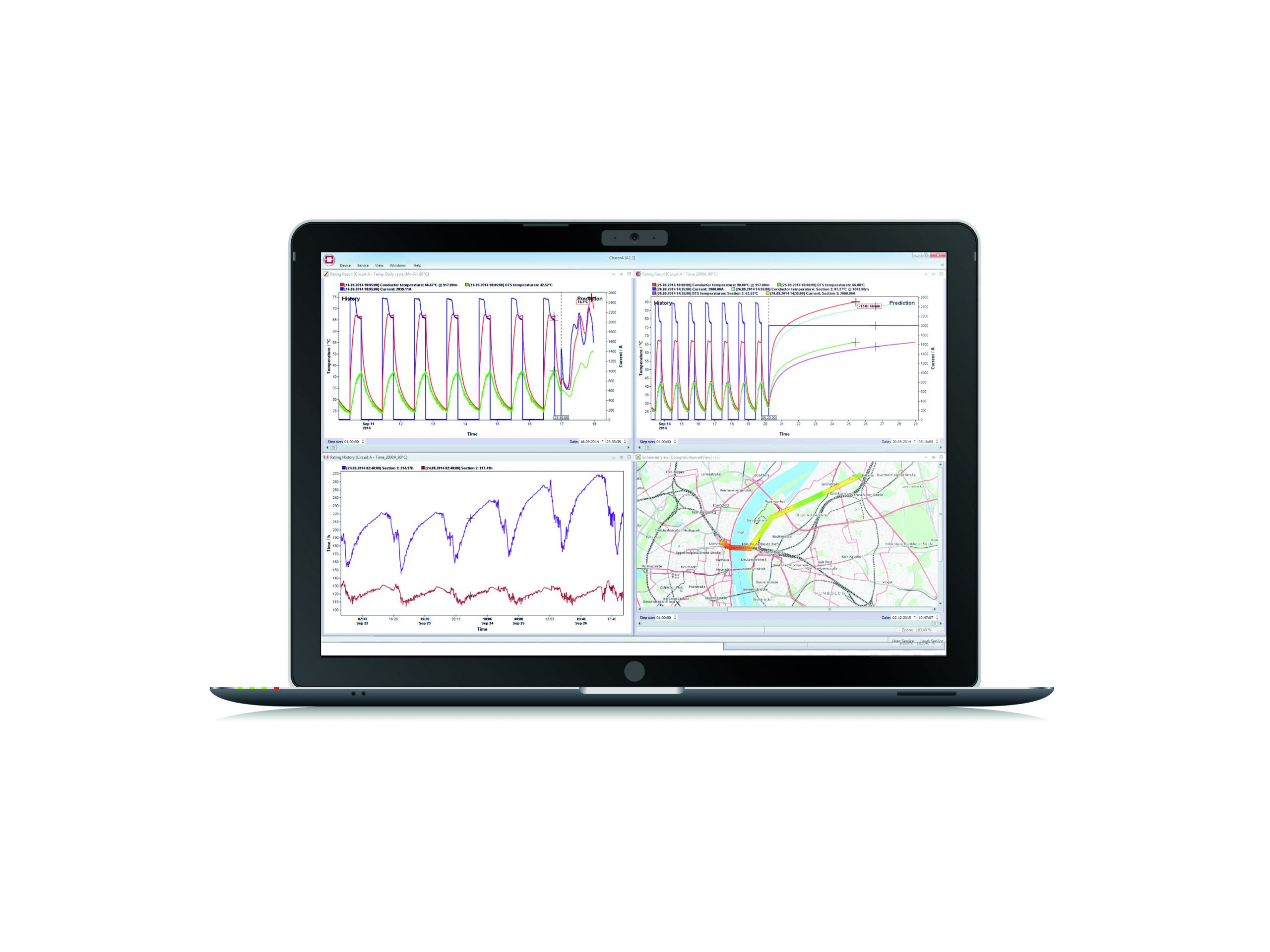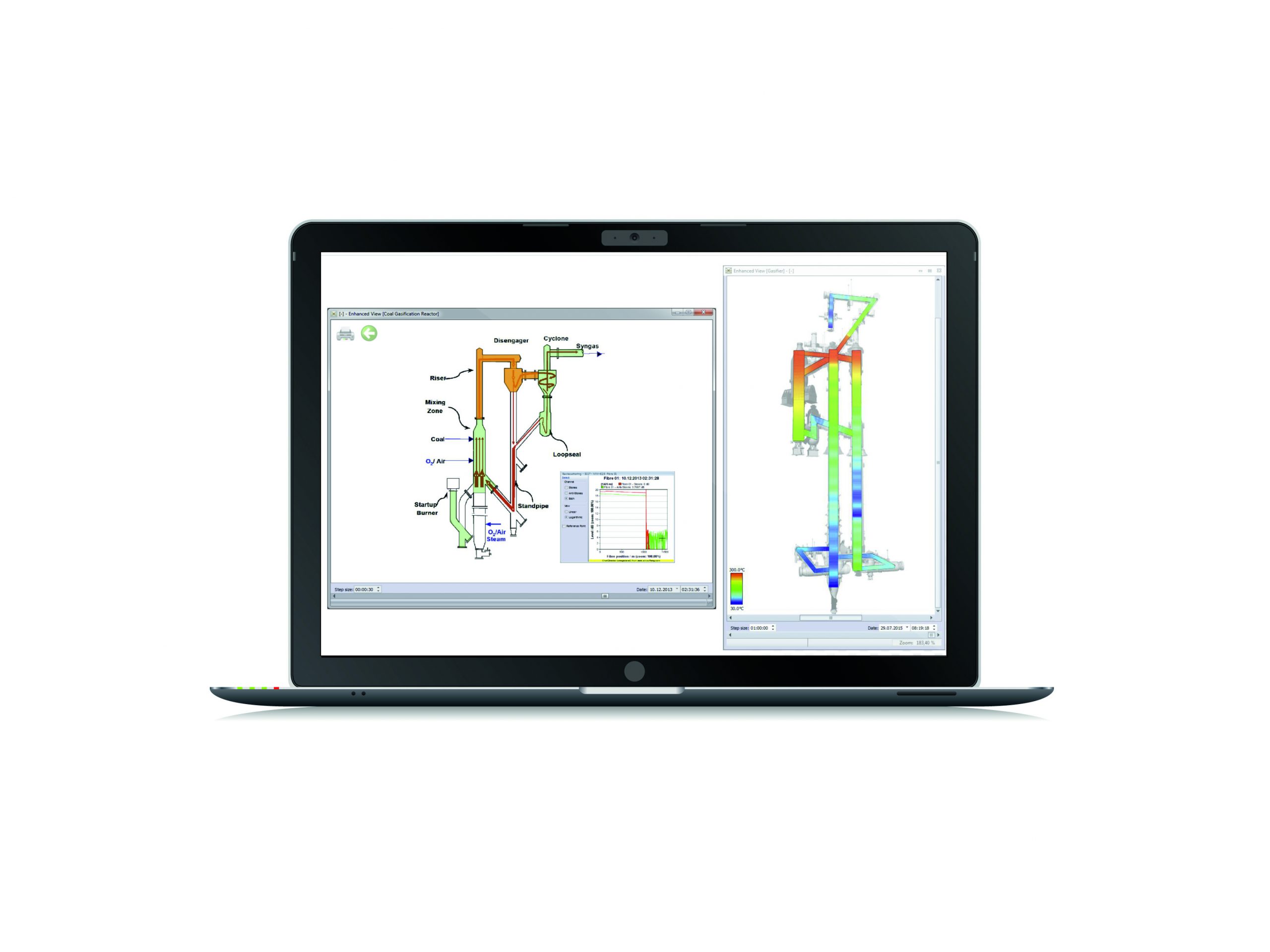The power produced by wind turbines at sea is transmitted to shore and between turbines via submarine power cables. With the increase in off-shore wind farms, the amount of submarine cables also goes up.
At installation, the submarine cables are mostly buried in the sand on the seabed. When the cables are buried, the environment is protected against the heat they emit while the cables themselves are protected against mechanical impacts. It is important to monitor how deep they are buried and whether they stay buried.
Depth of Burial can change quickly
Once buried, you cannot just forget about it because of the so-called Depth of Burial (DoB) changes over time. You must monitor the thickness of the layer of sand above the cable to ensure an adequate DoB.
The minimum DoB required to avoid heating of the seabed is usually either 1.5m or 3m. In some countries, the legislation demands a DoB survey of new cables at least once a year for the first five years after installation. Today, this is done by submarine robots which is costly and consequently done rarely. But the DoB can change quickly, within days or weeks, so once a year is not enough.
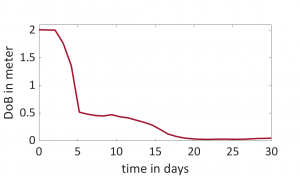
DoB varies over time due to natural events or events caused by humans, such as:
- Seismic activity
- Sediment mobility
- Errant anchoring, fishing
- Excessive mechanical load
It is possible to get an alarm if the temperature indicates that the minimum DoB has changed critically. In the illustration below, a part of the cable is exposed and needs to be dealt with.

Predictive maintenance is key
When it comes to submarine cables, predictive maintenance is important to minimize the impact on the surrounding ecosystem and prevent unexpected costly equipment failures. It is not only costly to repair the cables, but you also risk a major loss of power production during the repair time which often takes weeks or even months.
How do I get continuous information?
Optical fibers are installed along with most submarine power cables for data transmission purposes and to monitor the temperature along with the cables using a Distributed Temperature Sensing system.
One important benefit of knowing the temperature is that cables can be operated safely even at high load.
Real-time Depth of Burial analysis
It is not trivial to calculate the DoB. However, with our LIOS EN.SURE DTS system in place, you have a foundation for obtaining important information about the Depth of Burial as well as other relevant information with our Real-Time Thermal Rating system.
You will get alarms if the temperature changes critically. You will know the exact temperature and position of the event enabling you to take control of the situation before it gets severe.
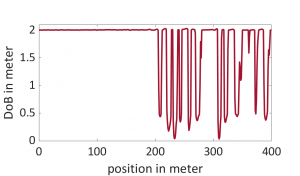
Our method gives you a continuous and real-time Depth of Burial by analyzing:
- DTS measurements
- The thermal response to the variations in the cable load
- A history of the load data and thermal models of the power cable and its environment.
We have a patent pending for this unique and accurate analysis method.
If you, too, want reliable and cost-effective monitoring of your submarine cable Depth of Burial, please contact us to discuss your needs.
Features
- Reliable detection of fast changes of DoB
- Fully scalable solution for any cable length
- Depths resolution around 10 cm
- Requires EN.SURE DTS and RTTR
- Patent pending

